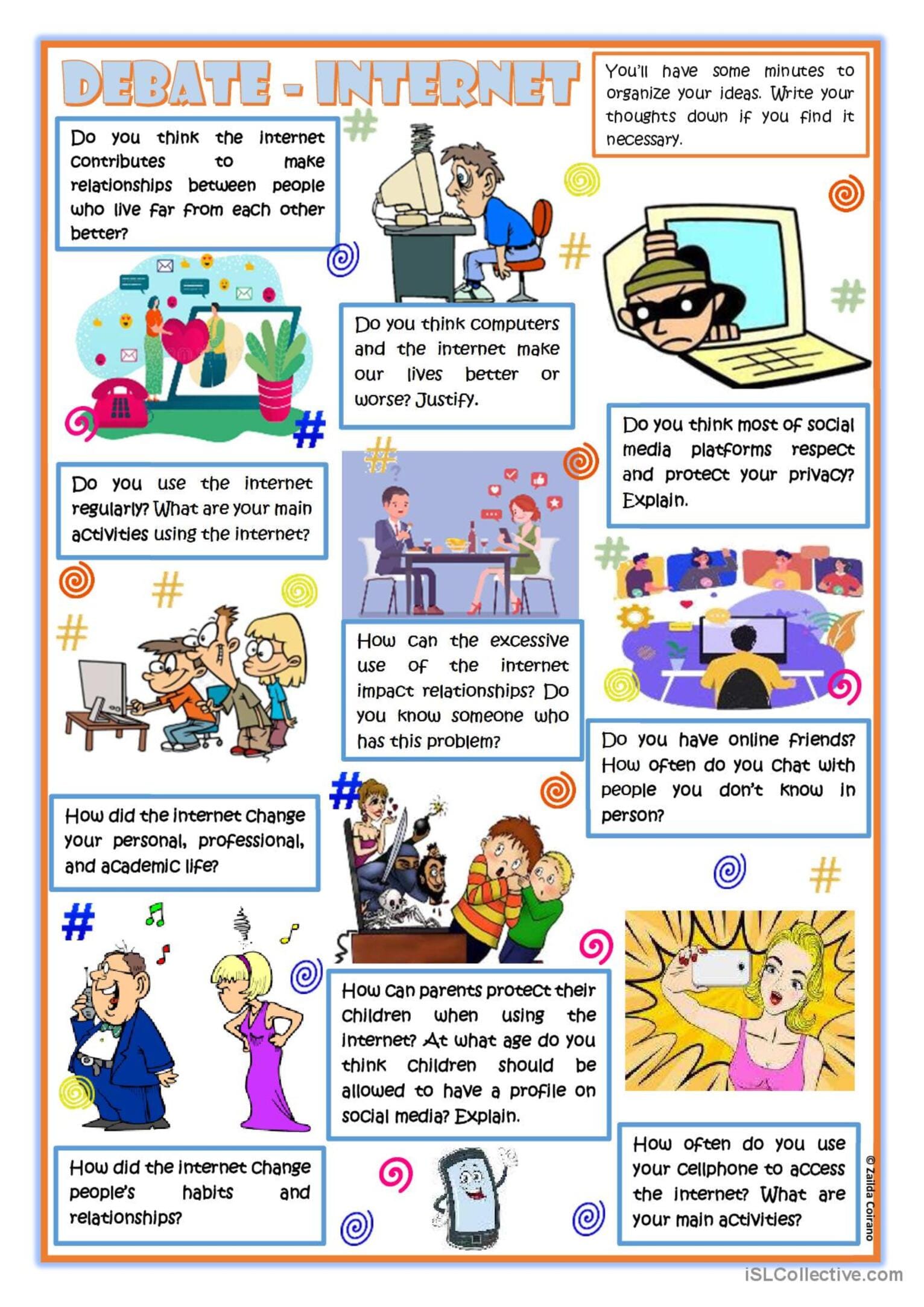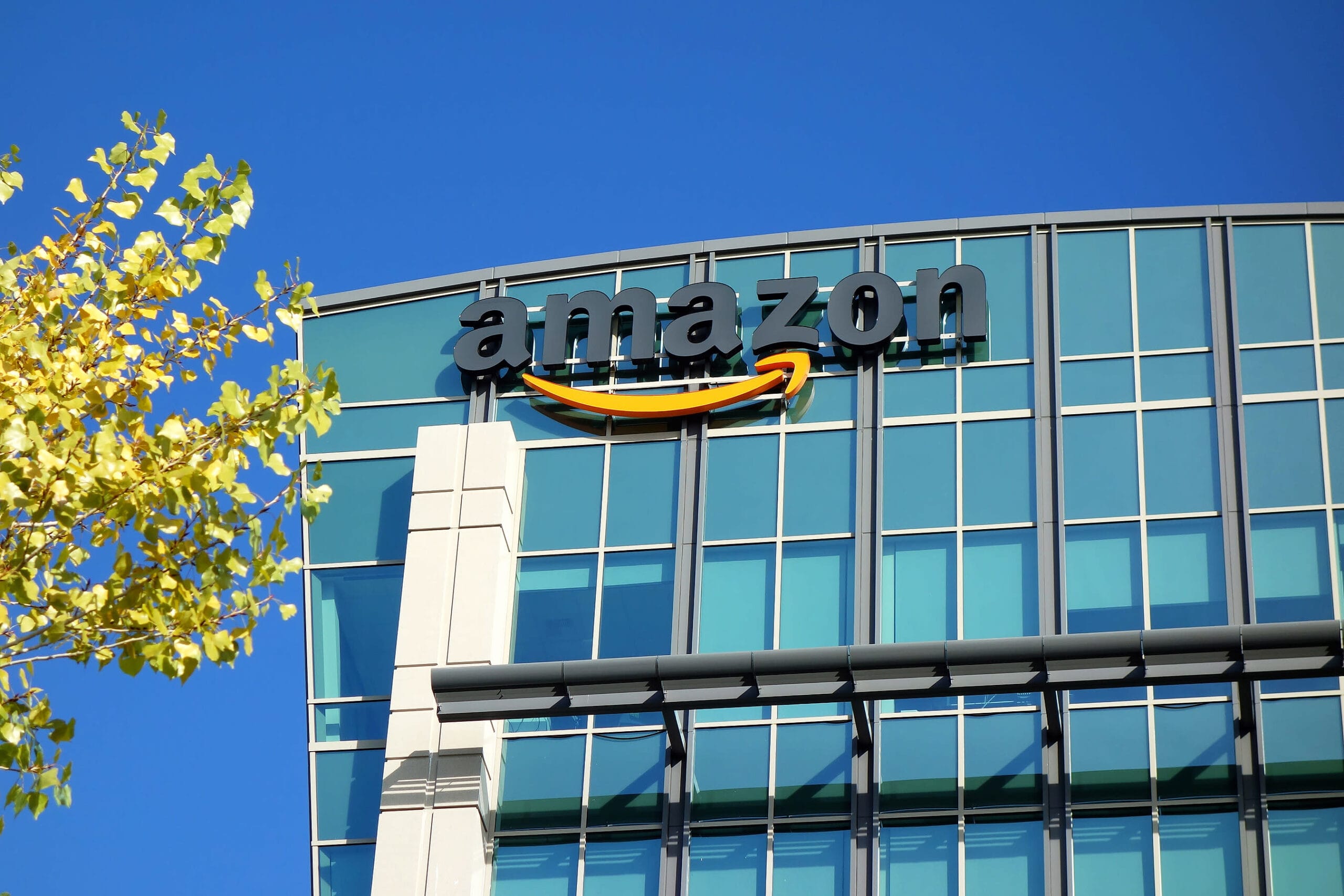In a landmark decision, a federal court has overturned the net neutrality rules that were established during the Obama administration. This ruling has sent ripples through the telecommunications industry and among internet users, as it fundamentally alters the regulatory landscape governing internet service providers (ISPs) in the United States. The court’s decision has reignited discussions about the principles of net neutrality, which advocate for equal treatment of all internet traffic, prohibiting ISPs from discriminating against or charging differently by user, content, website, platform, application, or method of communication.
Net neutrality has been a contentious issue in the United States for several years, with advocates arguing that it is essential for maintaining a free and open internet. They contend that without these regulations, ISPs could prioritize their own services or those of companies that can afford to pay for better access, ultimately stifling competition and innovation. Critics of net neutrality, however, argue that such regulations hinder investment in infrastructure and that the market should dictate how internet services are provided.
The court’s ruling comes at a time when the digital landscape is rapidly evolving, with increasing reliance on the internet for a wide array of services including streaming, gaming, and remote work. The decision has the potential to reshape how consumers experience the internet, as ISPs may now have more freedom to manage traffic, potentially leading to tiered service models that could disadvantage smaller companies or startups unable to pay for prioritized access.
In response to the ruling, various stakeholders have voiced their concerns. Consumer advocacy groups have expressed disappointment, warning that this could lead to a fragmented internet where access to certain services may be restricted or slowed down based on an ISP’s business decisions. Meanwhile, telecommunications companies have welcomed the ruling, suggesting that it will allow them to invest more in infrastructure and improve service delivery.
The implications of this decision are far-reaching. For consumers, the absence of net neutrality regulations could mean a shift in how they access content online. Users may find that certain websites load more slowly or are less accessible than others, depending on the agreements ISPs make with content providers. This could create a scenario where popular platforms pay ISPs for better access, while lesser-known or emerging services struggle to compete.
Moreover, the ruling could have significant implications for the future of internet regulation in the United States. As the Federal Communications Commission (FCC) moves to reassess its approach to internet governance, the court’s decision may embolden further deregulation efforts. This could lead to a patchwork of state regulations as individual states attempt to implement their own net neutrality measures, resulting in a complex and inconsistent regulatory environment.
The debate surrounding net neutrality is not limited to the United States. Similar discussions are taking place globally, as countries grapple with how to balance the interests of consumers, service providers, and content creators. The outcome of these debates will likely influence the future of internet access and regulation around the world.
As the situation continues to develop, it remains to be seen how this ruling will affect the broader internet ecosystem. Lawmakers, regulators, and industry leaders will need to navigate the complexities of internet governance, weighing the benefits of competition against the need for equitable access. The future of net neutrality remains uncertain, with ongoing legal challenges and potential legislative efforts on the horizon.
In conclusion, the federal court’s decision to strike down net neutrality regulations marks a significant turning point in the ongoing debate over internet access and regulation in the United States. As stakeholders from various sectors respond to this ruling, the implications for consumers, businesses, and the digital landscape as a whole will continue to unfold in the coming months and years.



